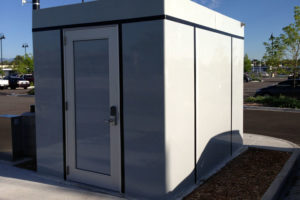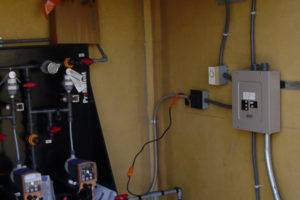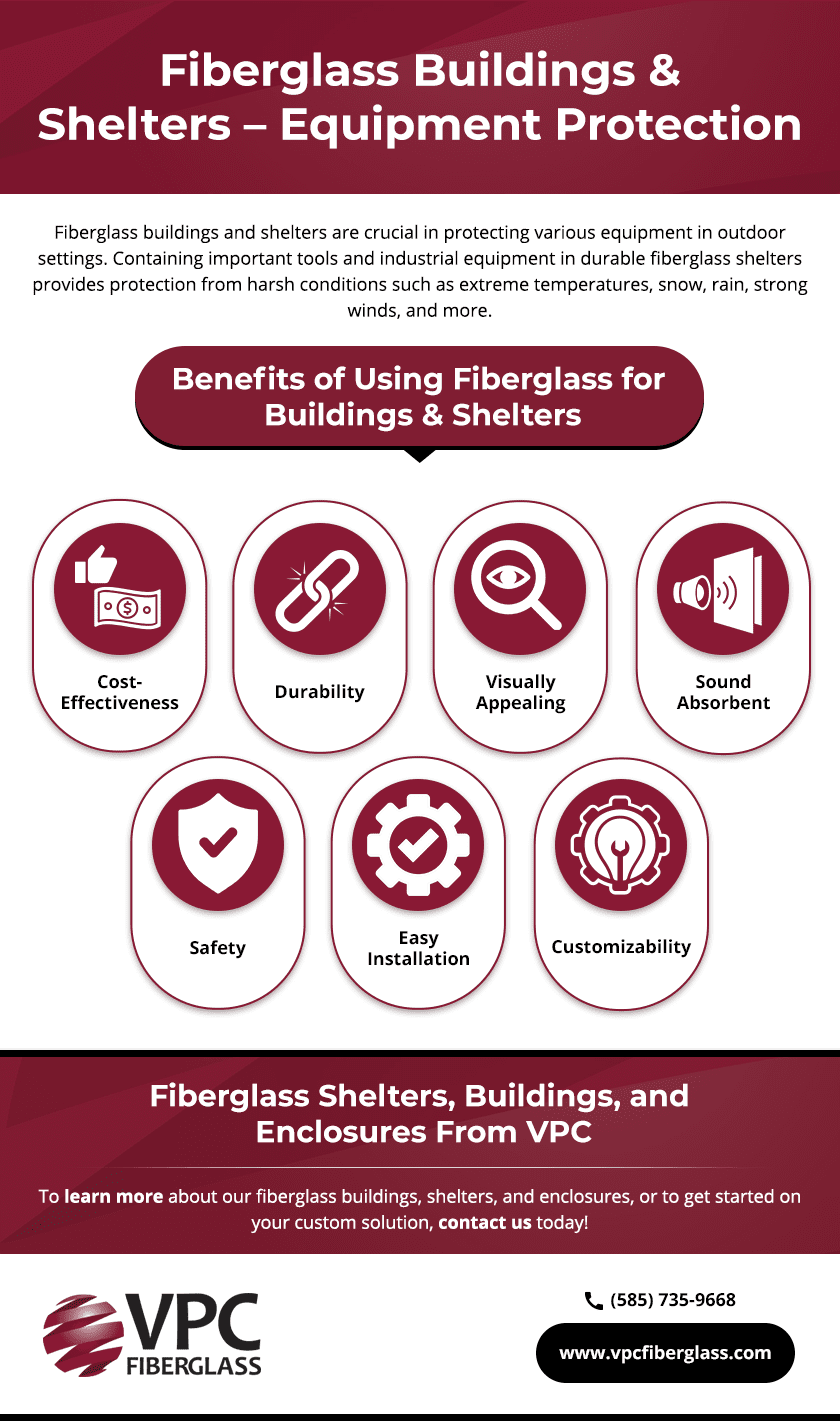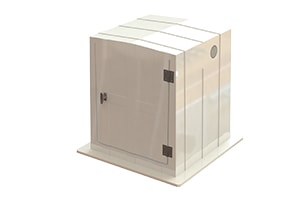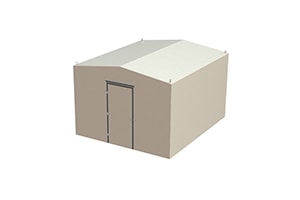Fiberglass offers a wide range of benefits over concrete and other materials used for buildings and shelters. These benefits include:

Cost-Effectiveness
Although fiberglass may have a higher upfront cost compared to other materials, the longevity, low maintenance, and ease of installation make it the more cost-effective choice in the long run. Fiberglass does not rot, corrode, or change shape over time, making it the superior option in terms of long-lasting performance.
Durability
Fiberglass shelters are corrosion resistant and can withstand wet environmental conditions. Wood and other materials would require expensive treatments to have similar performance. Fiberglass also has the added benefit of not expanding or contracting when exposed to extreme temperatures, which lowers the risk of wear and cracking over time.
Visually Appealing
Fiberglass is one of the few building materials that look exactly the same 30 years after construction. It is also available in various colors that won’t fade or chip over time, as the color is incorporated during the manufacturing process.
Sound Absorbent
The sound absorbent properties of fiberglass allow it to significantly reduce noise levels. This makes it a great option for buildings and shelters that contain loud engines, machinery, and other equipment.
Safety
Fiberglass offers enhanced safety compared to other materials. It does not conduct electricity or heat, resists corrosive chemicals, and can be made from non-porous resins to deliver antimicrobial properties. The material is also lightweight, making it safer to lift and install.
Easy Installation
Since fiberglass is lightweight, it is easier and quicker to install. In the rare instances that a fiberglass shelter needs repairs, fiberglass can be repaired much more easily compared to concrete and other materials.
Customizability
Fiberglass can be molded into a variety of shapes to create the desired building design. The customizability of fiberglass also eliminates the need for secondary finishing.


